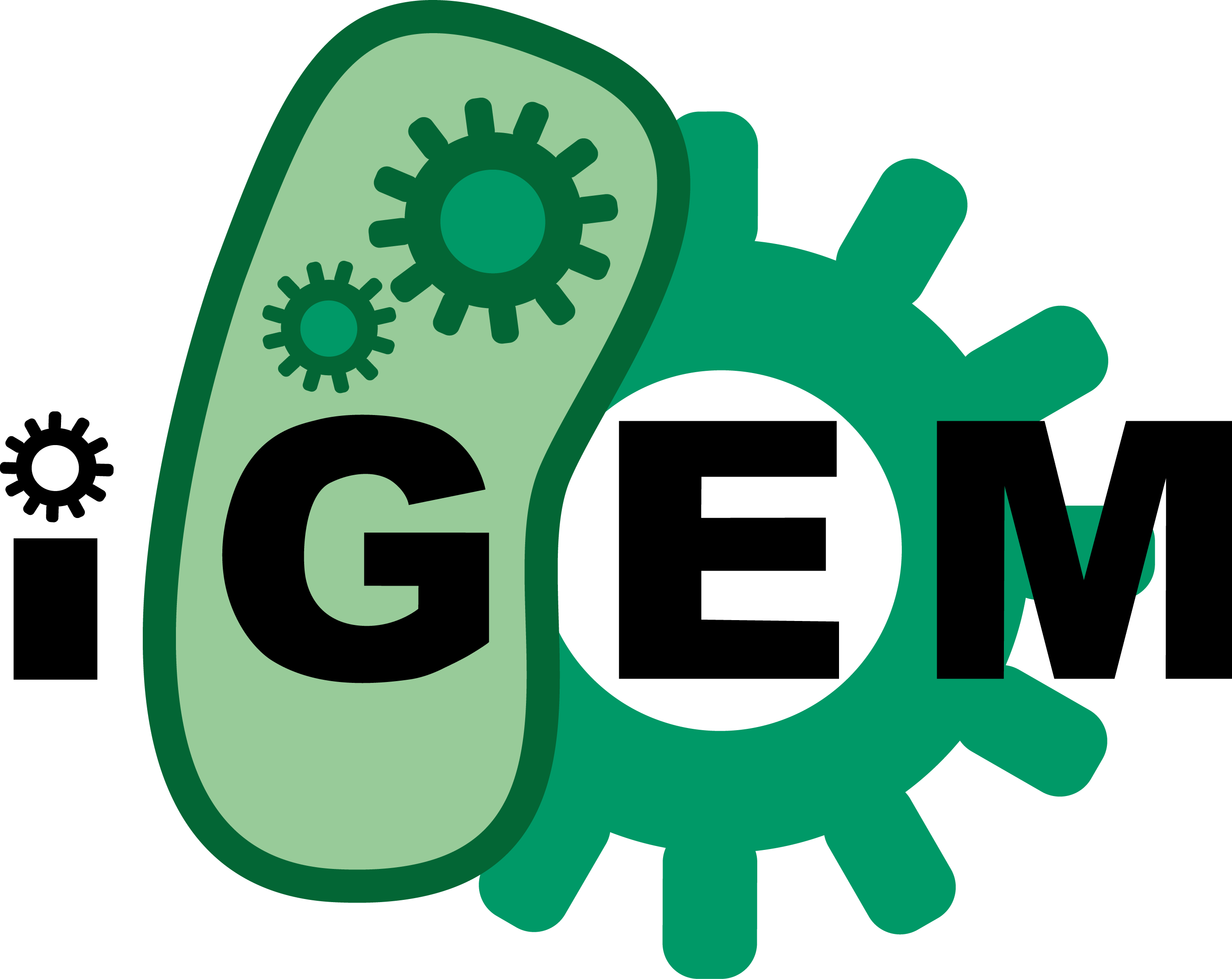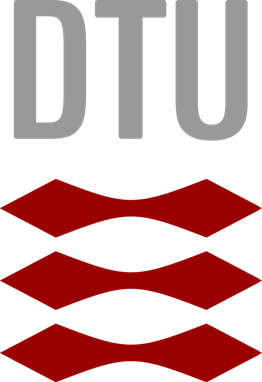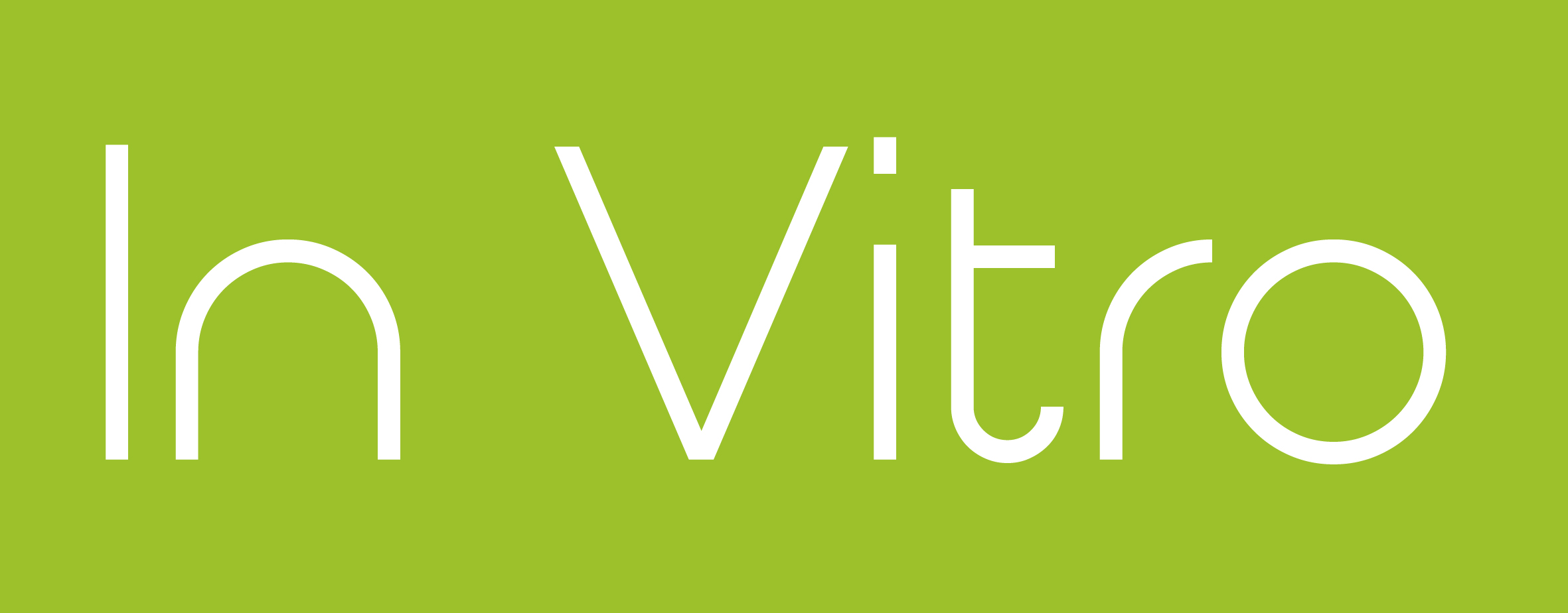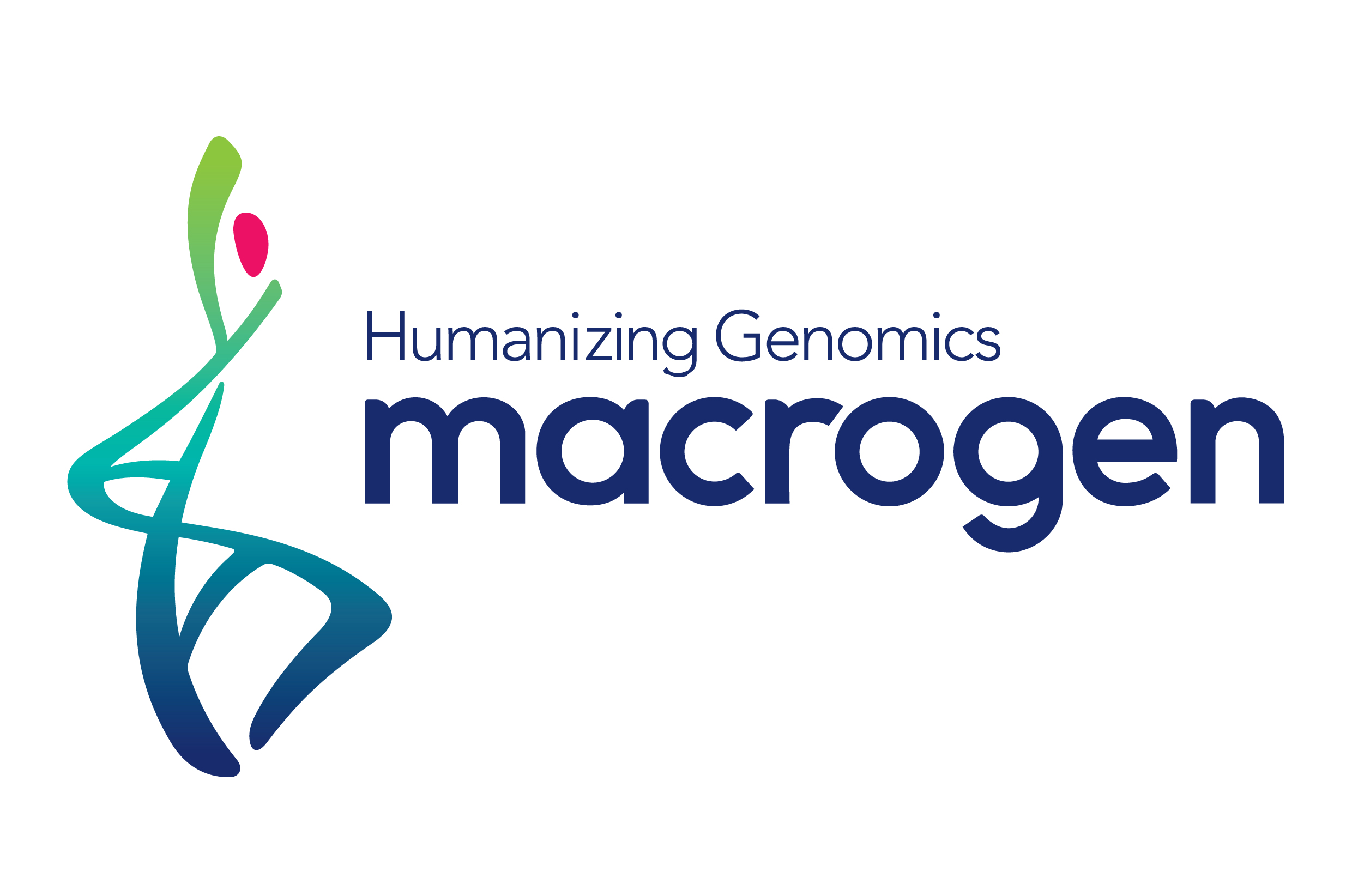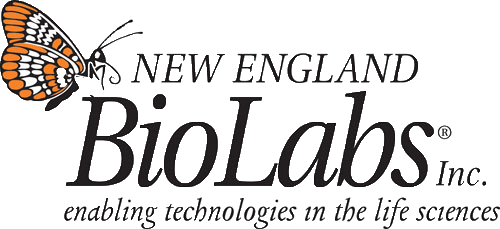Team:DTU-Denmark/Achivements
Overview of Achievements
An overview of the projects achivements.
Collaborations
It takes many recourses to accomplish extensive projects and collaborating with other teams is an important part of iGEM. In this project, our team has collaborated with several other iGEM teams in the aim to reach further. Presented below are the highlights of our collaborations, namely The Wiki Wizard, The BioBrick Workshop, No Money, No Project and What is Fracking?
The Wiki Wizard
Creating and editing wiki pages, uploading files with the correct name can be a tedious task. Therefore we are making the Wiki Wizard, which helps with the naming of pages and files, making sure that they have the correct namespace etc. Also it has a WYSIWYG editor for content and syntax highlighted editors for html, javascript and css files.
It can be found on GitHub.
The BioBrick Workshop
The DTU iGEM team of 2015 hosted and prepared the content of the BioBrick Workshop from the 24th to the 26th of April, 2015. SDU, KU, and DTU collaborated to represent every iGEM team within Denmark. teams also participated. The BioBrick Workshop was an initiative to educate iGEM team members with the basic lab competences required to perform a synthetic biology project as ambitious as iGEM. It also provided an opportunity to introduce fellow iGEMers to general lab safety and cloning techniques while strengthening the social dynamics within the teams.
Highlights of the program included a general assembly tutorial for the creation of a new BioBricks independent of organism and project. In the tutorial, the teams practiced designing primers for Uracil Specific Excision Repair (USER) cloning and they integrated a green fluorescent protein expression cassette into a target location on the chromosomal DNA of E. coli. In order to teach everyone a variety of techniques, the iGEM teams were mixed and half of the groups used the USER-cloning technique while the other half used traditional restriction enzyme cloning techniques. As safety is of great importance in our human practice a basic safety guide along with specific guidelines for working within the DTU GMO lab were provided before attendance.
The BioBrick Workshop was also a great opportunity to extract the hard-earned knowledge from previous iGEM alumni. Our own Kristian Davidsen was instrumental in running the experimental work and discussing the theory behind our lab work. SDU was kind enough to provide two alumni presenters for a session on how to create an effective wiki.
The complete agenda for the workshop can be found here along with the SOPs, both of which can be used to inspire future teams to host their own BioBrick workshop.

No Money, No Project!
Getting the money to run such a big project as the one we have undertaken is not cheap. Therefore we have used many hours on getting sponsors and applying for different grants to make sure that we were able to participate in the iGEM competition.
The iGEM 2015 team from Københavns Universitet did not have as much time to apply for grants as we had therefor we sent them our list of grants and our template for grant applications so that they would be able to apply for the money and consumables that whey would need to make there project a reality.
write link to Space moss where they confirm that we have helped them+??? (Written on facebook 12/09 01.10 am
What is Fracking?
In mid August we received a request for a helping hand from the CU Boulder from the University of Colorado. As a part of their project concerning hydraulic fracturing, they inquired our team about our conception and personal opinion of the topic. In response we provided the requested answers on a short video recording. Read more about the CU Builder project and the awareness campaign at their iGEM wikipage. As thanks we have been credited for our contribution on their human practice page (INSERT LINK).

Judging Form
Bronze - 6 x
1. Register for iGEM, have a great summer, and attend the Giant Jamboree.
Yes, everything is booked.
2. Complete the Judging form.
Our Judging form was completed the XXth of October. Missing
3. Create and share a Description of the team's project using the iGEM wiki, and document the team's parts using the Registry of Standard Biological Parts.
You are allready on our wiki iGEM, plesase see Desciption(add link) and Submitted parts (add link) MIssing
4. Present a poster and a talk at the iGEM Jamboree in accordance to the 2015 poster guidelines.
We are looking forward and planning to attend the Gigant Jamboree in Boston, where we will present our project with a talk and a poster.
5. Clearly attribute work done by the students and distinguish it from work done by others including host labs, advisors, instructors, sponsors, professional website designers, artists, and commercial services.
This is listed under Attributions (add link) (More clearification and merge with introduction needs to be made!) MIssing
6. Document at least one new standard BioBrick Part or Device central to your project and submit this part to the iGEM Registry. You may also document a new application of a BioBrick part from a previous iGEM year, adding that documentation to the part's main page.
This is found at ?????? MIssing
Silver - 3 x
1. validate that at least one new BioBrick Part or Device of your own design and construction works as expected. Document the characterization of this part in the Main Page section of the Registry entry for that Part/Device. This working part must be different from the part you documented in Bronze medal criterion #6.
This is found at ?????? Missing
2. Submit this new part to the iGEM Parts Registry. This part must be different from the part you documented in Bronze medal criterion #6. (Submissions must adhere to the iGEM Registry guidelines.)
This is found at ?????? Missing
3. iGEM projects involve important questions beyond the bench, for example relating to (but not limited to) ethics, sustainability, social justice, safety, security, and intellectual property rights. We refer to these activities as Human Practices in iGEM. Demonstrate how your team has identified, investigated and addressed one or more of these issues in the context of your project. (See the Human Practices Hub for more information.)
This is described in our Human Practics and the team has specificly raised questions about Ethics and Safety.
Gold: - 3 x
1. Choose one of these two options: (1) Expand on your silver medal Human Practices activity by demonstrating how you have integrated the investigated issues into the design and/or execution of your project. OR (2) Demonstrate an innovative Human Practices activity that relates to your project (this typically involves educational, public engagement, and/or public perception activities; see the Human Practices Hub for information and examples of innovative activities from previous teams).
Serveral elelements in our Human Practics directly connects to our projects. In partucliar Ethics???? Teaching??? .. missing
2. Help any registered iGEM team from a high-school, different track, another university, or institution in a significant way by, for example, mentoring a new team, characterizing a part, debugging a construct, modeling/simulating their system or helping validate a software/hardware solution to a synbio problem.
This is described in our Biobrick Missing
3. Improve the function OR characterization of a previously existing BioBrick Part or Device (created by another team, or by your own team in in a previous year of iGEM), and enter this information in the part's page on the Registry. Please see the Registry Contribution help page for help on documenting a contribution to an existing part. This part must not come from your team's 2015 range of part numbers.
This is described in missing
4. Demonstrate a functional prototype of your project. Your prototype can derive from a previous project (that was not demonstrated to work) by your team or by another team. Show this system working under real-world conditions that you simulate in the lab. (Remember, biological materials may not be taken outside the lab.)
This project produced no prototypes.
Lessons Learned
What did we try, what went wrong - how, why, leaning+
Department of Systems Biology
Søltofts Plads 221
2800 Kgs. Lyngby
Denmark
P: +45 45 25 25 25
M: dtu-igem-2015@googlegroups.com
